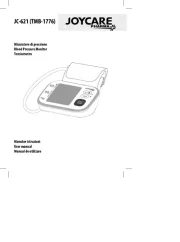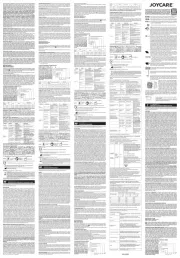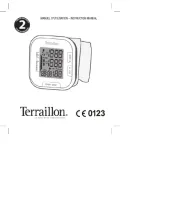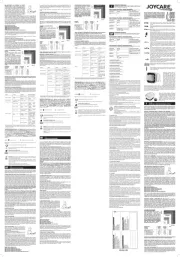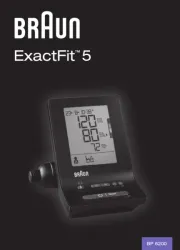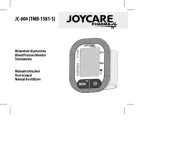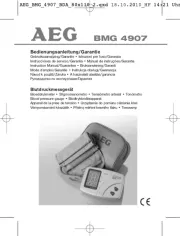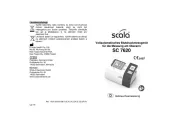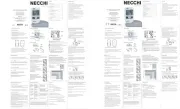Bioland 2004 Manual
Læs gratis den danske manual til Bioland 2004 (4 sider) i kategorien Blodtryksmåler. Denne vejledning er vurderet som hjælpsom af 48 personer og har en gennemsnitlig bedømmelse på 5.0 stjerner ud af 24.5 anmeldelser.
Har du et spørgsmål om Bioland 2004, eller vil du spørge andre brugere om produktet?

Produkt Specifikationer
| Mærke: | Bioland |
| Kategori: | Blodtryksmåler |
| Model: | 2004 |
Har du brug for hjælp?
Hvis du har brug for hjælp til Bioland 2004 stil et spørgsmål nedenfor, og andre brugere vil svare dig
Blodtryksmåler Bioland Manualer








Blodtryksmåler Manualer
- Welch Allyn
- Dr. Senst
- Pyle
- Eks
- Geratherm
- Homedics
- Medel
- CareOne
- Promed
- Elta
- OBH Nordica
- Omron
- My Life My Shop
- Medisana
- Silvergear
Nyeste Blodtryksmåler Manualer
